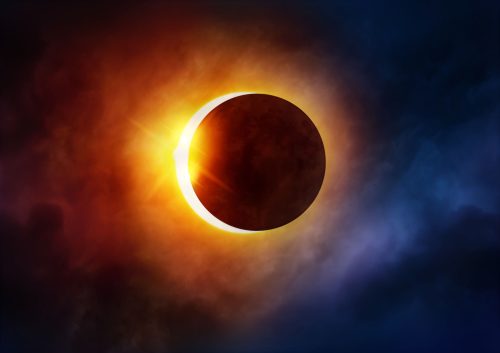
The total solar eclipse set to occur on April 8, 2024, is a highly anticipated celestial event that will captivate observers across North America. This comprehensive guide aims to provide you with all the necessary details to experience and enjoy this rare astronomical phenomenon.
Path of the Eclipse
The total solar eclipse will begin its majestic journey over the South Pacific Ocean. As the Moon’s shadow moves across the Earth’s surface, the first landmass to witness totality will be Mexico’s Pacific coast at approximately 11:07 a.m. PDT. From there, the path of totality will stretch across North America, covering parts of Mexico, the United States, and Canada.
In the United States, the eclipse will traverse from Texas through states including Oklahoma, Arkansas, Missouri, Illinois, Kentucky, Indiana, Ohio, Pennsylvania, New York, Vermont, New Hampshire, and Maine. Even small portions of Tennessee and Michigan will experience the total eclipse. The phenomenon will continue into Canada, passing through Southern Ontario, Quebec, New Brunswick, Prince Edward Island, and Cape Breton, before exiting over Newfoundland’s Atlantic coast around 5:16 p.m. NDT.
Viewing the Eclipse
For those located within the path of totality, the experience will be nothing short of breathtaking. Observers will witness daytime turn into twilight as the Moon completely covers the Sun, revealing the Sun’s corona. Surrounding areas outside the path of totality will still enjoy a partial solar eclipse, where the Moon covers part of the Sun’s disk.
Safety First
Viewing a solar eclipse requires caution. It’s crucial to use proper eye protection, such as eclipse glasses or solar viewers, to prevent eye damage. Regular sunglasses, even if they are very dark, are not safe for looking at the Sun.
Where and When to Watch
Here are the times for totality in some key locations along the path:
- Dallas, Texas: Totality begins at 1:40 p.m. CDT and ends at 1:44 p.m. CDT.
- Little Rock, Arkansas: Totality from 1:51 p.m. CDT to 1:54 p.m. CDT.
- Cleveland, Ohio: Totality from 3:13 p.m. EDT to 3:17 p.m. EDT.
- Caribou, Maine: Totality from 3:32 p.m. EDT to 3:34 p.m. EDT.
Maximizing Your Eclipse Experience
- Plan Ahead: Choose your viewing location early. Areas within the path of totality are expected to be popular, so consider booking accommodations well in advance.
- Check the Weather: Clear skies are crucial for eclipse viewing. Monitor the weather forecast and have a backup plan in case you need to move to a clearer location.
- Eclipse Events: Many communities along the path of totality will host viewing parties and educational events. Participating in these can enhance your experience.
- Photography Tips: If you plan to photograph the eclipse, research proper techniques and equipment. Remember, safety filters are necessary for your camera as well.
Conclusion
The April 8, 2024, solar eclipse offers a unique opportunity for millions to witness one of nature’s most awe-inspiring spectacles. By preparing adequately and observing safely, you can enjoy this generational event to its fullest. Whether you’re an avid astronomer or a curious observer, this eclipse is a not-to-be-missed experience that brings together communities and individuals in shared wonder and discovery.
For more detailed information and interactive maps, visit NASA’s Eclipse Explorer.
Remember, the next total solar eclipse won’t happen in North America until 2044, making the 2024 eclipse a truly special occasion. Prepare to be amazed by the beauty and grandeur of the cosmos!








